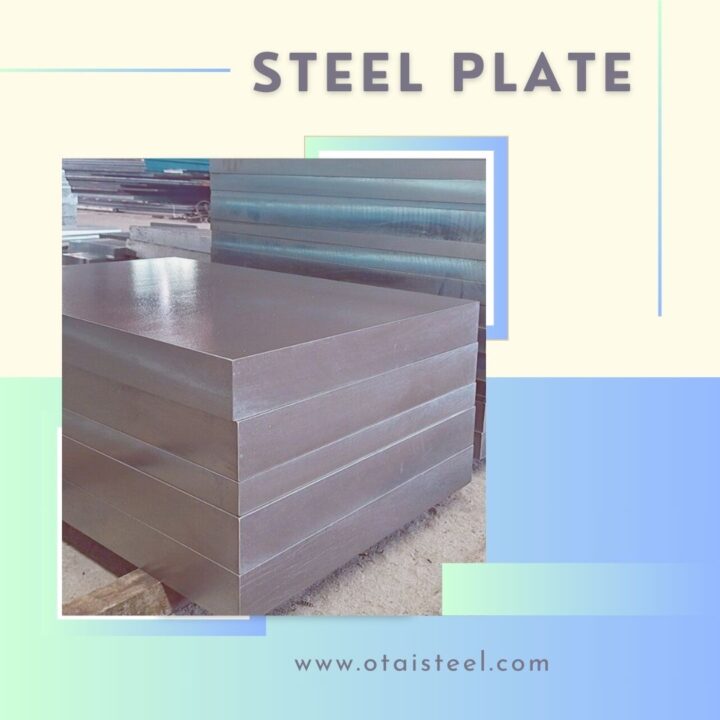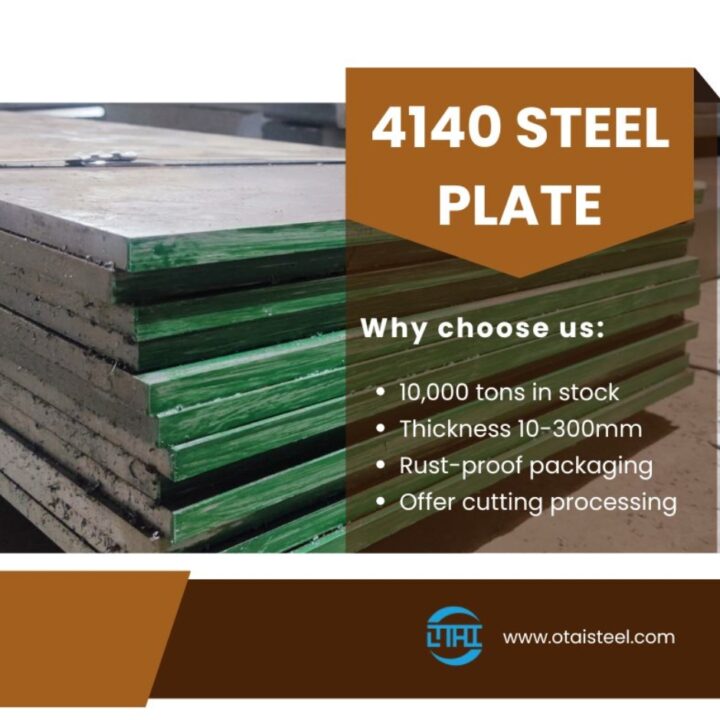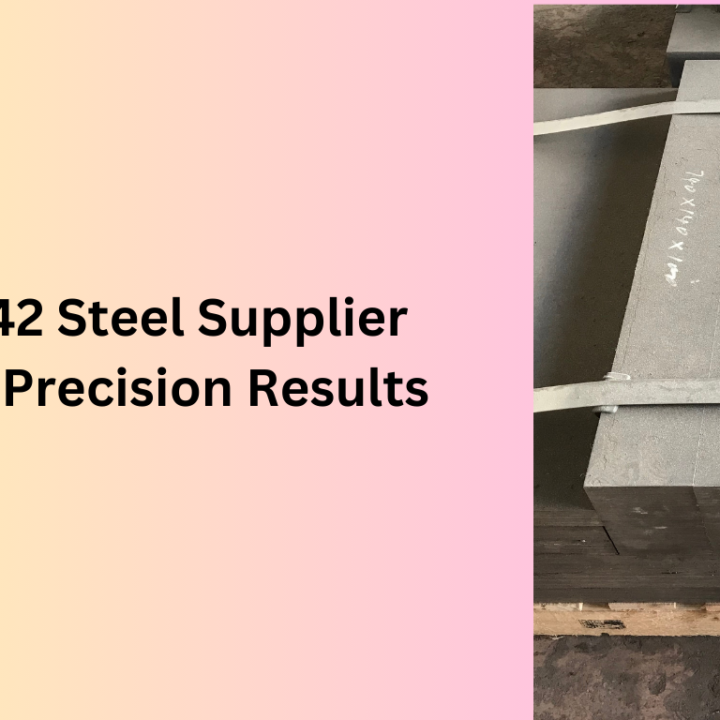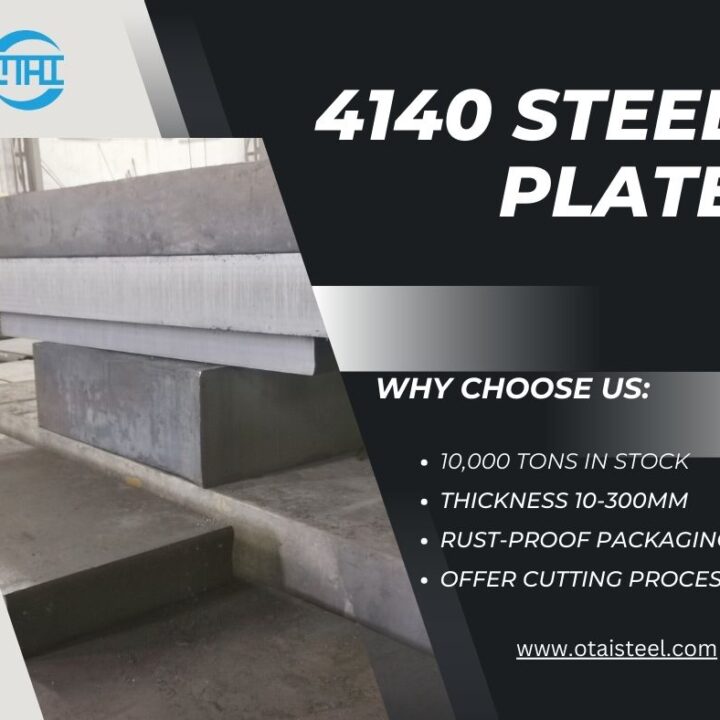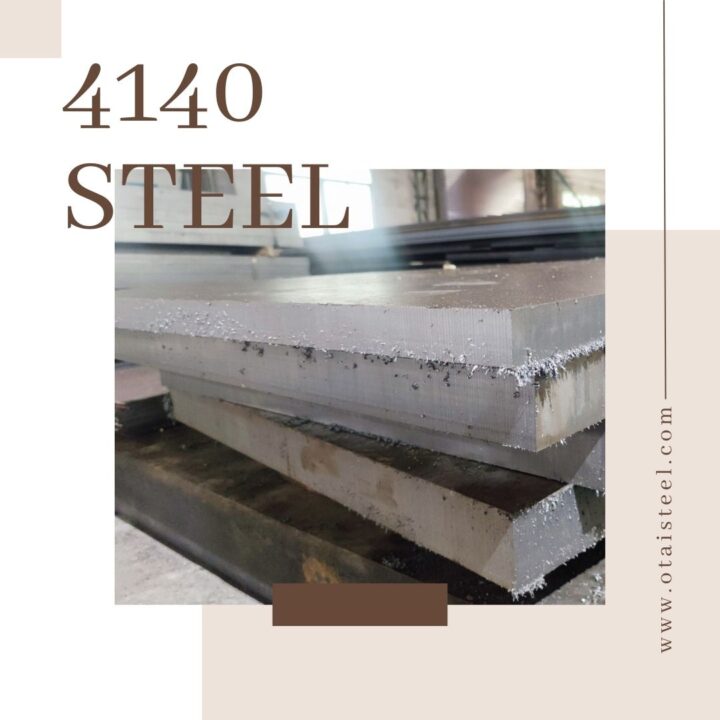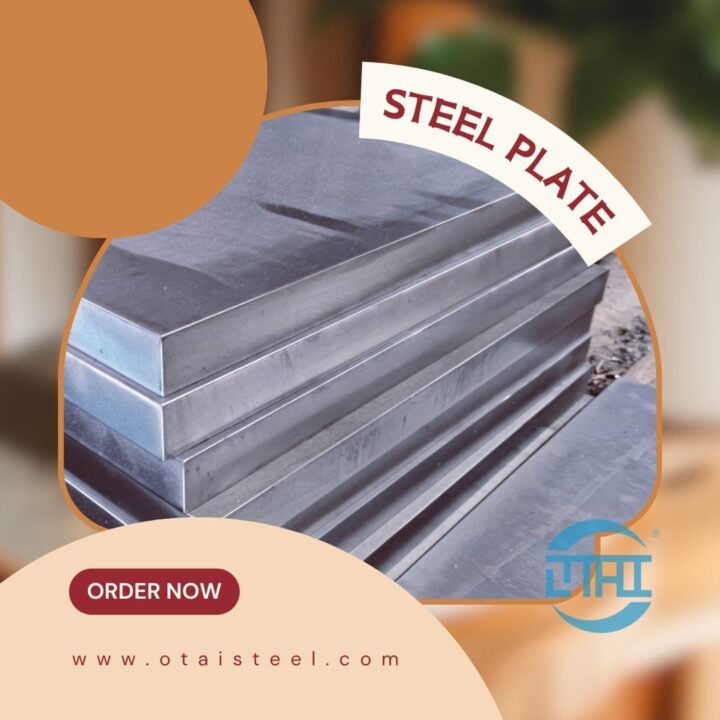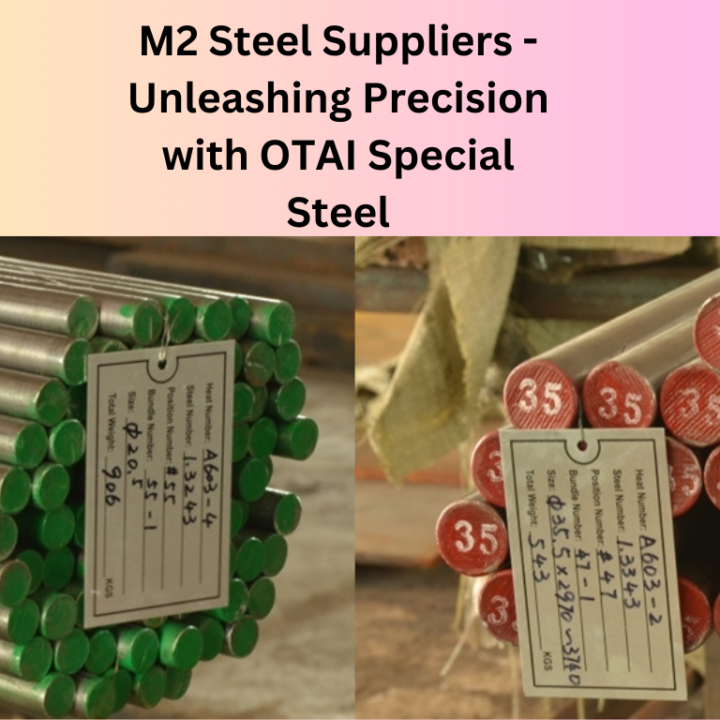By understanding 4140 Steel and 4145 Steel’s characteristics and performance, you can make informed decisions when choosing the appropriate steel for your specific applications.
Comparative Analysis of Wear Resistance
To compare the wear resistance of 4140 steel and 4145 steel, various tests and evaluations can be performed. Wear tests, such as pin-on-disk or ball-on-disk tests, can measure the material’s wear rate and coefficient of friction under specific conditions. These tests can provide valuable insights into the performance of the steel alloys in real-world applications.
Studies have shown that both 4140 steel and 4145 steel exhibit excellent wear resistance due to their alloy composition and hardness. However, the higher carbon content in 4145 steel enhances its strength and hardness. It results in slightly better wear resistance compared to 4140 steel in certain applications.
Factors Affecting Wear Resistance
Several factors can influence the wear resistance of steel alloys:
- Hardness: Harder materials generally exhibit better wear resistance.
- Microstructure: Fine-grained microstructures often offer improved wear resistance.
- Alloy Composition: The presence of alloying elements can enhance wear resistance.
- Lubrication: Proper lubrication can reduce friction and wear between surfaces.
Considering these factors, it is important to select the steel alloy that best suits the specific wear conditions and requirements of your application.
Heat Treatment and Wear Resistance
Heat treatment plays a crucial role in improving the wear resistance of steel alloys. By subjecting the materials to specific heating and cooling processes, the microstructure can be optimized for enhanced hardness and toughness. Heat treatment methods such as quenching and tempering can be applied to both 4140 steel and 4145 steel to achieve the desired wear resistance properties.
Applications of 4140 Steel
4140 steel is widely used in various industries, including automotive, aerospace, and machinery. Its excellent combination of strength, toughness, and wear resistance makes it suitable for applications such as:
- Gears and gear shafts
- Axles and spindles
- Tooling components
- Machine parts
- Structural components
Applications of 4145 Steel
Due to its higher carbon content and improved strength, 4145 steel finds applications in demanding industries where increased tensile and yield strength are required. Some common applications of 4145 steel include:
- Oil and gas drilling equipment
- Heavy machinery components
- Transmission parts
- Automotive components
When selecting between 4140 steel and 4145 steel, consider the specific requirements of your application. Assess factors such as the intensity of wear, load-bearing capacity, and environmental conditions. It is advisable to consult with materials engineers or steel suppliers who can provide expert advice tailored to your needs.
